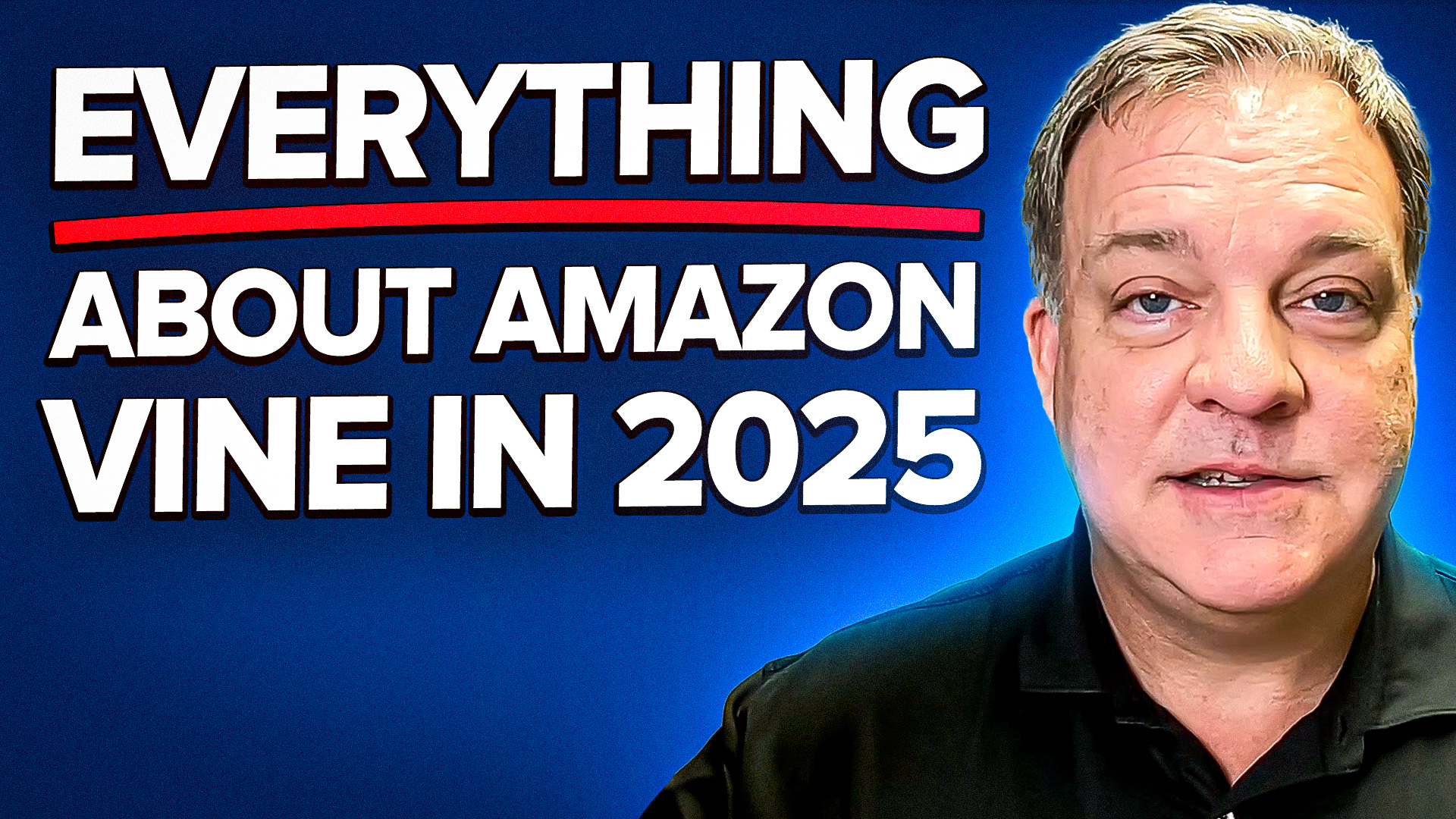Podcast: Play in new window | Download
The New 5 Box Rule and What I Means for Amazon FBA Sellers
Amazon just made it harder for FBA sellers—again. Earlier this year, they introduced inbound placement service fees that hit third-party sellers hard. And now, as of September 2024, Amazon has added yet another hurdle with its new “five identical box rule.” This is a game-changer for anyone using Amazon’s FBA (Fulfilled by Amazon) service, and it means paying close attention to how you prepare your shipments.
Today, I’m breaking down what this new rule means for FBA sellers, how it changes your shipping game, and most importantly, how you can successfully avoid those frustrating inbound placement service fees (IPFs). Stay tuned because you don’t want to miss the details.
What Are Inbound Placement Service Fees?
If you’re an FBA seller, you’re familiar with the pain of inbound placement service fees (also called IPFs). These extra costs come into play when Amazon splits your shipment across multiple warehouses. They started requiring fees for not following their placement suggestions earlier this year—which was already a headache.
Here’s the deal: Amazon wants to spread your inventory across its vast fulfillment network. In theory, it helps them get products to customers faster. For you, it means shipments going to multiple locations. If you don’t follow Amazon’s split shipment plan, they hit you with these inbound placement service fees as a penalty.
Most sellers just raise their prices to cover the costs, but there had been workarounds—until now.
How the New Five Identical Box Rule Has Changed Everything
So, here’s what Amazon dropped on us in September 2024: the new five identical box rule.
Before this, you could avoid inbound placement service fees if you agreed to Amazon’s optimized shipment plan, which divided your products across five different warehouses. That sounded fine in theory, but the reality was tricky. You had to make an important decision: Would it be more affordable to send shipments to five locations, or just pay the placement fees and keep it simple?
Now, though, it’s even tougher. According to the new rule, if you want to avoid those fees, each shipment has to contain at least five identical boxes—or identical pallets. That means the same items, in the same quantity, in each box. If you’re sending mixed SKUs, it’s almost impossible to meet these requirements without padding your shipment in a weird way or paying those inbound placement service fees.
Example of How It Works
Let’s say you’re sending 500 units total. Previously, you could send 100 units to each of the five warehouses and dodge the inbound placement fees. Now, under the new rule, you would need to split those 500 units equally across five cases, which would make things complicated—especially if you have mixed SKUs.
For instance, if you have different products with varying quantities, Amazon won’t allow you to use an optimized shipping plan unless the number of boxes or pallets with the exact same contents can be divided by five. Yep. It sounds exactly as confusing as it is.
The Problem With Cost and Optimized Shipments
A big challenge with these inbound placement service fees is cost analysis. Shipping freight to five different locations can be expensive, especially given how Amazon’s warehouses are spread out across the country. You might save money in placement fees, only to lose it on shipping.
Take my example: I’m based in Georgia, and often, I have to send shipments all the way to California or Nevada for an “optimized” shipment. The freight cost alone sometimes outweighs what I would have spent just paying the inbound placement service fees to send them to a closer location.
You have to weigh the costs of shipping vs. the cost of paying the IPFs. It’s different for every shipment, and it’s just another headache we all have to deal with.
My Experience: Testing the New Rule
After running into this rule, I decided to put it to the test. I sent a shipment with cartons that had different numbers of items inside. I was unsure whether this would pass Amazon’s new “five identical box rule,” but surprisingly, it did.
Here’s why: As long as each SKU in your shipment is present in all five shipment splits and there’s at least one carton with the same quantity as the others, Amazon will approve the shipment as “optimized.” It doesn’t always have to be perfectly divisible by five, but you need to make sure there’s some consistency.
When You Should Consider Paying the Inbound Placement Service Fees
The fees can feel like a slap in the face, I get it. But sometimes, paying them is actually the smarter move.
If you’re shipping lightweight products that don’t cost much to send, paying the placement fees and sending it to fewer locations might save you money in the long run. Remember, the more destinations your shipment has, the more you’ll pay in shipping. Analyze your costs carefully before deciding.
The Best Way to Avoid Inbound Placement Service Fees Altogether
Here’s the good news, though: There’s a way to sidestep these fees entirely. Amazon has a sneaky little solution called AWD (Amazon Warehousing and Distribution).
Instead of sending your products directly to FBA, send them to AWD first. Once your products are in Amazon’s distribution network, they take on the job of distributing them to the appropriate FBA locations automatically. And the best part? You don’t pay inbound placement service fees.
Why use AWD instead?
- Lower storage fees: AWD offers lower rates compared to FBA, and they don’t hike up fees during peak seasons.
- Auto-replenishment: Amazon moves your products from AWD to FBA as needed, saving you time and money from dealing with it yourself.
- Manual replenishment option: You can still manually send inventory to FBA if you don’t want to rely on Amazon’s auto-replenishment system.
This solution is not only cost-effective, but it also removes the stress of dealing with shipment splits and fees. I’ve been using it, and it works. So, if you’re tired of the headaches, AWD could be the move for you.
Wrap Up
It’s no secret that Amazon’s FBA system, while powerful, has always been full of annoyances for sellers. The inbound placement service fees and now the new “five identical box rule” have just added another layer to figure out. But by weighing your costs for optimized shipments and switching to AWD whenever possible, you can still come out ahead.
Got questions? Drop a comment below—I’m here to help!
If you found this post useful, hit subscribe on my YouTube channel to stay updated with more tips, tricks, and updates in the eCommerce space. Dive deeper into your Amazon business strategy with full-service management from Ecom Catalyst. We handle everything, from logistics to PPC—so you can focus on growing your brand. You can book a free consultation with us any time!
For more detailed strategies and tips, watch my full video:
https://www.youtube.com/watch?v=UMOzC-yGWw0






